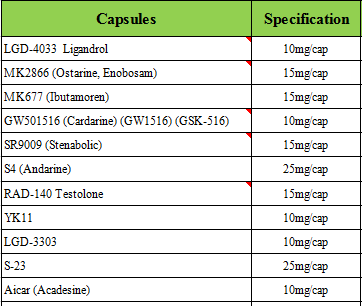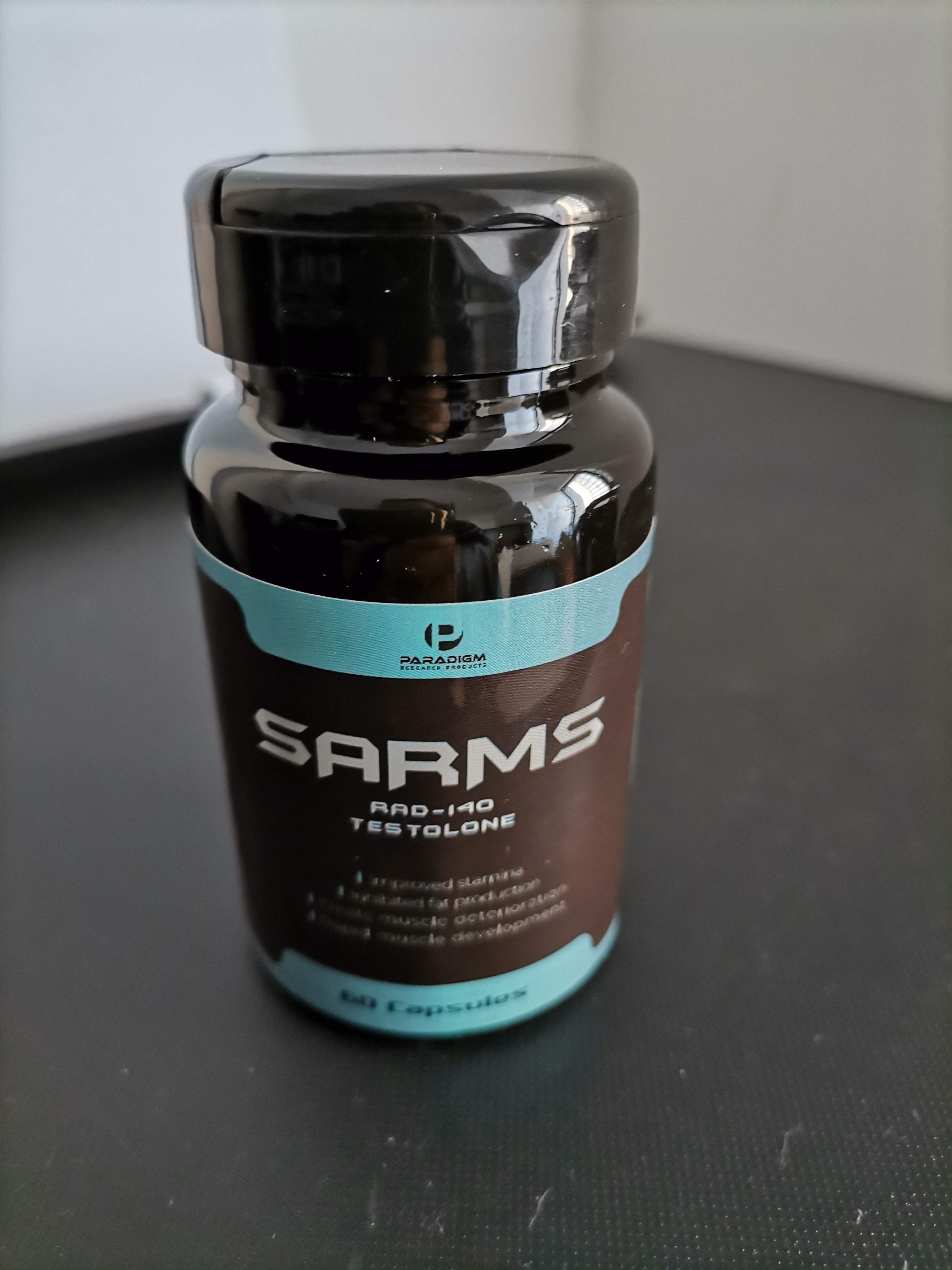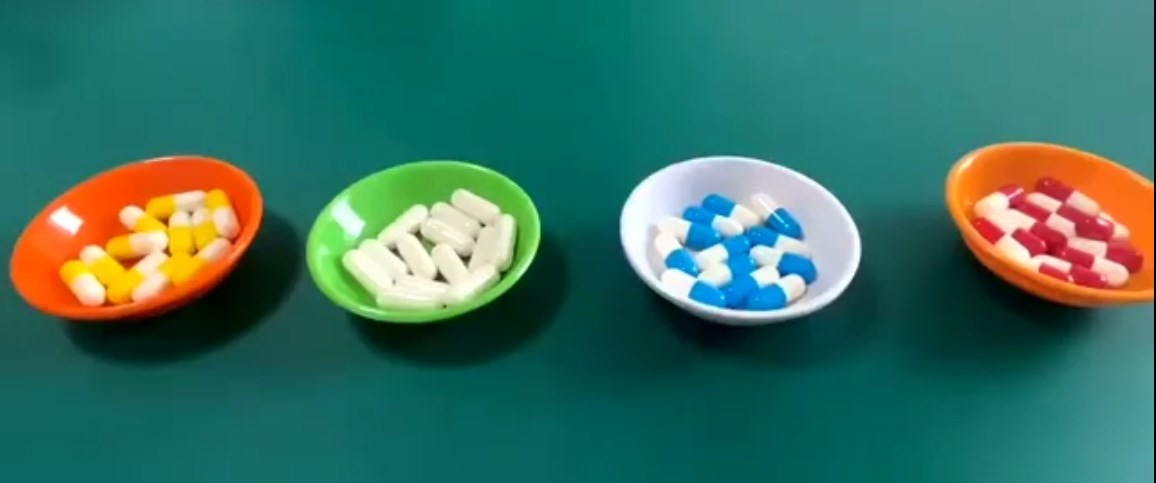Sweet peas are a variant of peas and are chilly plants. Its soybean meal is round, sweet, crisp, nutritious and has a good taste. It is a new high-grade vegetable pea variety. In recent years, sweet peas in our province can achieve higher economic benefits in early autumn. Early autumn planted sweet peas, because the seedlings are in a high-temperature, high-humidity climate, plus serious pests and diseases, if they do not pay much attention, they will cause serious deaths, or even “annihilationâ€. Therefore, whether or not the seedlings can be preserved in the early stage has become the key to the success of planting sweet peas. According to our many years of experiments and the vast number of farmers' planting experience, we now introduce the main points of their seedling preservation techniques as follows. First, timely sowing Sweet peas can withstand high temperatures at seedling stage, but the daily average temperature exceeds 25°C, and the maximum temperature during the day exceeds 32°C. Seedlings are prone to death. Therefore, the seeding period should be determined based on latitude and altitude. Taking Shaoguan area as an example, the planting period for the back-season cultivation of sweet peas is as follows: 1 Seeds planted at an altitude of 600 to 700 meters on July 15 to 20; 2 Planted at an elevation of 500 to 600 meters in late July; and 3 at an elevation of 400 to 500 meters of seeding in early August; 4 300 to 400 meters above sea level sowed in mid-August; 5 200 to 300 meters above sea level sowing in late August. Second, base fertilizer can not be concentrated Early autumn planted anti-season sweet peas, weak early seedling viability, low root-fertilizer absorption capacity, and concentrated application of base fertilizer to the sowing ditch, due to the high concentration of fertilizers and insufficient maturity of the accumulated organic fertilizers, they will be used during the decomposed process. It is easy to burn young seedlings. Therefore, the basal fertilizer should be applied in full layers, that is, after the land ploughs have been roughed, spread it evenly throughout the field, fertilize it once, then tap it once, and then proceed with specifications. Third, pay attention to the depth of sowing The sugar content of sweet pea seeds is higher than that of Dutch beans. The top soil capacity is weaker than that of Dutch beans. Attention should be paid to the depth of sowing. Too deep sowing or too thick cover soil can cause bad seeds to die. It is ideal to choose the soil where the texture of the soil is sandy loam. The plow should be smashed and smashed. The stalks should be planted in the shallow sulcus in the middle of the hoe, and the cover soil can be 2 cm after sowing. IV. Seedling moisture management The emergence of sweet peas has strict requirements on soil moisture, and it is easy to cause bad seeds if it is too wet. If it is too dry, seeds cannot absorb water to swell and emerge or die after emergence. Keep the field moist. Seedlings generally cannot be watered, mainly by pouring water to keep the field moist. Sweet peas should be planted in ring fields, cross grooves, and trenches in order to facilitate water storage and watering. After emergence, the water will be poured in the morning and in the evening. It plays an important role in cooling and keeping seedlings. Fifth, top-dressing is thin and light The thick seedlings have strong ability to resist high temperature and bad environment, and vice versa. In the seedling stage, it is not possible to apply nitrogenous fertilizers in a partial manner, nor can it be re-fertilized so as to prevent the seedlings from growing in length and their tissues are soft and reduce their resistance to high temperatures. Seedling period is generally the first time after the seedlings 3 to 4 days for top dressing, urea fertilizer 2 ~ 3 kg; after the first top dressing 6 to 7 days for the second top dressing, mu Linfen compound fertilizer 4 ~ 5 kg. Six, after the high temperature tillage weeding Cultivated weeding is one of the high yield cultivation techniques for sweet peas, but this measure should be carried out after the high temperature stage. In the high temperature stage, no cultivating and weeding is generally performed. During high temperature, the cultivating and weeding often cause the soil surface temperature to increase. At the same time, it also damages the root system of some seedlings, resulting in a large number of dead seedlings. In order to reduce the temperature of the soil, some farmers plant some leafy vegetables on both sides of the plant. This measure is feasible for cooling and keeping seedlings. Seven, control bean stalk fly The damage of sweet pea seedlings by the bean stalk flies is devastating. If they are not controlled in time, the bean larvae invading the seedlings will cause a large number of dead seedlings. The prevention and treatment of bean hopper fly should be mainly prevention. The prevention and control methods are as follows: (1) Apply 1.5 ml of Milor to the sowing ditch in the sowing ditch. (2) Within one month after emergence, spraying once every 3 to 4 days, spraying the dimethoate + trichlorfon (or extinction killing, Xingmianbao, insecticide double) spraying in the first three applications, From the fourth time onwards, trichlorfon, double insecticides, rapid extermination and dicotyledoxine can be used to prevent and control insecticides. Eight, control root rot Root rot is a kind of fungal disease. It can easily occur in early autumn when the plant is under high temperature and high humidity. In particular, when it encounters “sun rain†at noon for several consecutive days, the roots of the seedlings will turn black and the whole field seedlings will turn yellow. Failure to prevent and control in time will result in devastating losses. Therefore, root rot is also a devastating disease. The prevention methods are: (1) applying a bactericidal agent to the roots every 7 days during the seedling period, such as 500 times for the enemy, 500 times for the carbendazim, 800 times for the carbendazim, 1000 times for the anti-dry fungus, 1000 times for the special effect sterilizing king, and No.1 is 3000 times, and No.1 is 600 times. (2) In the event of a "solar rain" and the seedlings turn yellow, they should be sterilized once every 3 days for 3 consecutive times.
stock :All kinds of Sarms capsules in stock ,MK-677 (Ibutamoren) RAD 140 (Testolone) MK-2866 (Ostarine,enobosam) GW 501516 (Cardarine) GSK-516, GW1516, YK11, S23, LGD 4033 (Ligamdrol) SR009 (stenabolic), Aicar(acadesine)
OEM:accept
package:30pcs one bottle , 60pcs one bottle , 90pcs one bottle
Xi'an Jmlai Bio-Tech Co.,Ltd is Research, Production, Process and Sales. company mainly engaged in export of products including,without limitation, pharmaceutical raw materials both for vet and human, also Vitamins, Amino Acids, minerals, peptides,plantextract, feed and food additives. and provide natural and well-qualified raw materials to the companies being engaged in pharmaceutical,health product, nutritional product, cosmetic raw material,Sarms Products , Steroids Products Peptides Products, APIProducts, Plant Extract and HGH, HCG. with very strong strength in R&D, production, sale and other aspects in the national plant extract industry.
Sarms Capsule,Mk-677 Ibutamoren,Rad 140 Testolone,Gw 501516 Cardarine Xi'an Jmlai Bio-Tech Co., Ltd. , https://www.jmlaisarms.com
function : regulates fat burning through a number of widespread mechanisms; it increases glucose uptake in skeletal muscle tissue and increases muscle gene expression, especially genes involved in preferential lipid utilization.




Anti-season cultivation and seedling preservation techniques of sweet peas
Company Profile